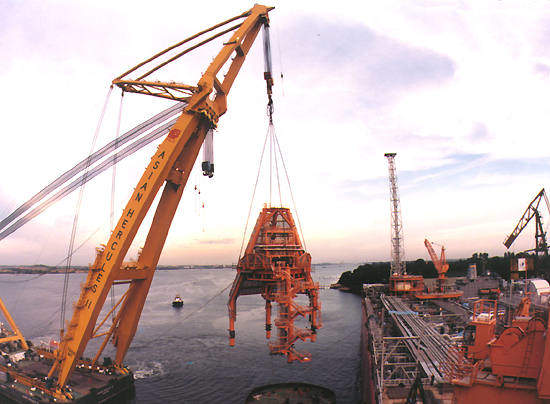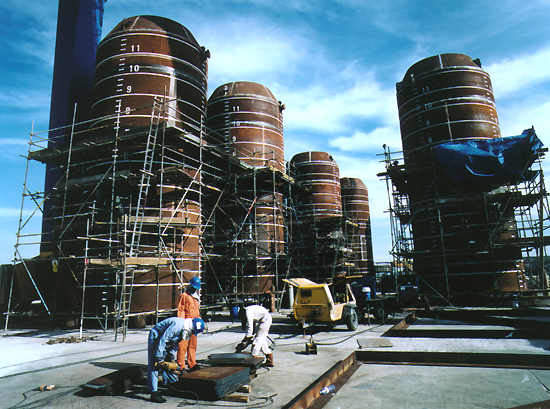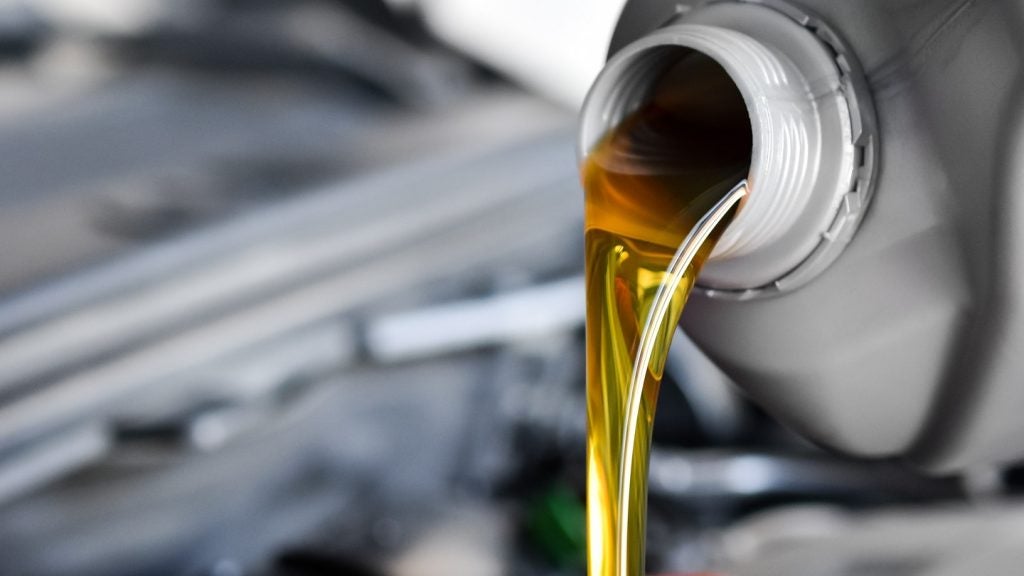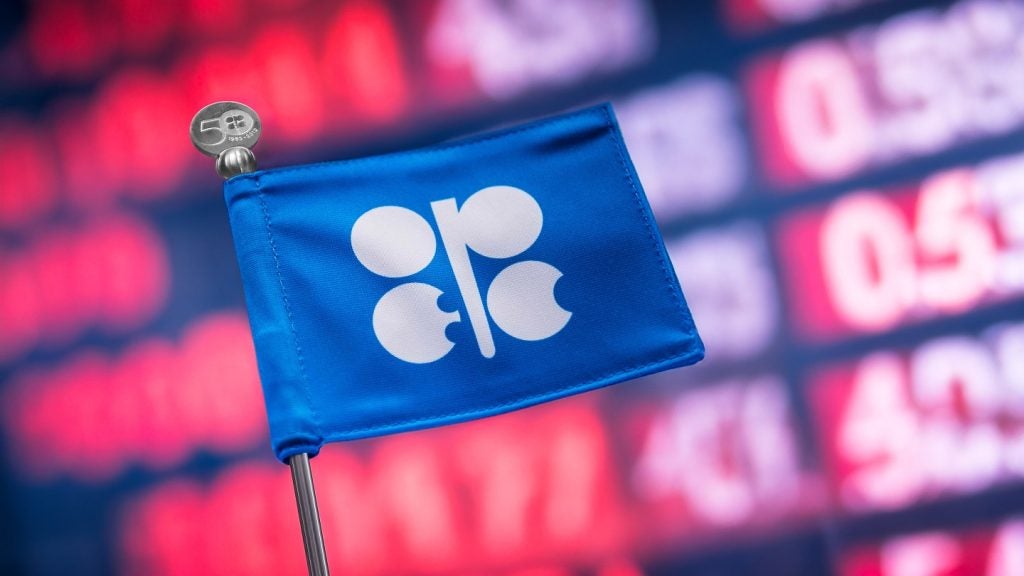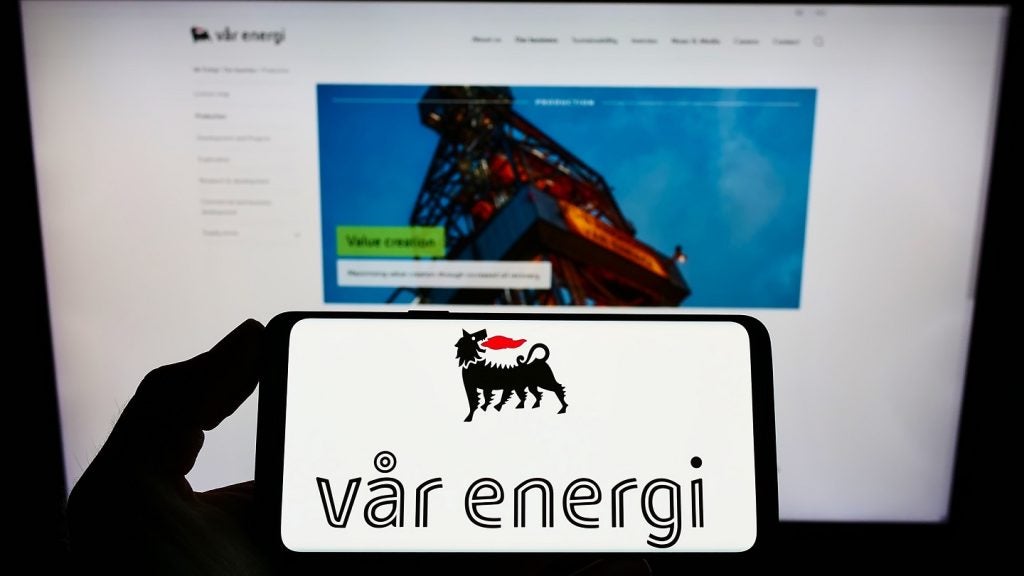The Laminaria and Corallina oil fields are located offshore Timor Sea, 550km north-west of Darwin within the production licences (PL) AC/L5 and WA-18-L respectively, at water depths ranging between 350m and 410m.
Until March 2005, the ownership of the Laminaria site was 44.9% in Woodside’s favour, with Paladin and Shell owning 32.6% and 22.5%, respectively. After a buyout of Shell’s stake by Woodside, this changed to a controlling share of 55.9%.
Likewise, at the Corallina site, Shell sold its share in the field, which was divided between Woodside and Paladin, with post-sale stakes standing at 66.67% and 33.33%, respectively. At the time, Shell said that although it is a quality asset, Laminaria is a declining oil field and as such was not a strong fit either with the strategic direction either for Shell’s growth aspirations or gas exploration. Paladin was bought out later in the year by Talisman Energy for $2.52bn in a friendly takeover.
The fields were operated by the Woodside and Talisman joint venture. Operator Woodside owned a 59.9% stake and 66.67% in Laminaria and Corallina, whereas Talisman owned a 40.1% and 33.3% stake in the fields, respectively.
Woodside announced the decommissioning of fields in July 2015 due to the degradation of production rates.
Northern Oil & Gas Australia Group of Companies (NOGA) acquired the fields in 2016 and planned to continue operation. In February 2020, NOGA went into liquidation and the Australian government announced decommissioning of fields and its associated infrastructure to be executed in three phases in December 2020.
Discovery and exploration details of the Laminaria and Corallina fields
Laminaria was discovered in October 1994 by the Laminaria-1 exploration well. It was followed by appraisal drilling and the acquisition of an extensive 3D seismic survey over Laminaria and most of AC/PO.
Corallina, located 10km north-west of the centre of Laminaria, was discovered by the Corallina-1 exploration well in December 1995. The Laminaria field extends into the neighbouring Laminaria East licence, WA18L Petroleum, held by BHP Petroleum and administered by WA.
The initial development plan consisted of three subsea production wells on Laminaria and two production wells on Corallina. Surplus gas is re-injected through a dedicated gas-injection well (East Corallina-1). The fields have eight wells developed on reserves of about 200 million barrels.
The wells are connected to the Northern Endeavour floating production, storage and offloading vessel (FPSO). The FPSO consists of vertical, deviated and horizontal well bores, with single-chrome completions, designed to allow flow rates producing in excess of 50,000bpd of oil. Production from the Laminaria and Corallina fields began in late 1999.
A subsea flowline repair and replacement programme to improve production, initiated in the first quarter of 2008, was completed in April 2009. A sidetrack well, Corallina-2 sidetrack-2, was also drilled and connected to the FPSO for providing supplementary production in the Laminaria and Corallina fields from Q3 2009.
Northern Endeavour FPSO details
The fields were developed as subsea tieback to the Northern Endeavour FPSO, which is 273m long and 50m wide and has the capacity to produce up to 180,000 barrels of oil a day.
The FPSO comprised a barge-type steel hull with an oil storage capacity of 225,000m³ (1.4 million barrels). The steel hull has a ballast tank fully protecting the cargo tanks from external impact and a single-skin bottom shelf.
The hull was designed to last for 60 years (with fatigue), while Northern Endeavour was intended to last 20 years, including planned maintenance. The topsides processing facilities contain oil, water and gas separation systems, as well as gas reinjection equipment. It has two flare systems, a high-pressure (HP) flare and a low-pressure (LP) flare to safely discharge gas streams during an emergency depressurisation.
The light crude oil produced from topside processing is stored in 12 tanks before stabilised oil is offloaded to trading tankers for export.
UK-based energy services company Petrofac acquired the operatorship of the FPSO on behalf of the Australian Government in October 2022.
Production facilities
The production facilities consist of hydrocarbon separation, stabilisation and testing, and are designed to handle a maximum oil production rate of 27,000m³/day (170,000bpd). The stabilised exported product had a maximum C4 content of 4.0% vol, with a corresponding RVP of approximately 8psia.
In addition, facilities were provided for produced water treatment, gas compression, gas lift, power generation, water cooling and fiscal metering. A stabilisation column reduced LPG content and improved crude value.
The wellstream from the turret was routed through two first-stage phases to a test separator, for metering/calibration purposes. The 8,000m³/day (50,000bbl/stream/day) test separator was designed to achieve oil/water/gas separation consistent with that of the first-stage separators.
A swivel stack, mounted above the manifold decks, transfers fluids and electric power/signals across the rotational interface between the turret and the FPSO. The swivel stack was made up of toroidal swivels for production, gas lift, and gas injection and a pipe swivel for well-test service. Separate utility and electrical swivels were also installed.
Woodside shut in the Corallina field in September 2007 due to a gas leak in the riser. The field was shut in on 30 September after the company detected gas in a riser, which connects the field to the FPSO vessel. The Corallina gas lift riser was temporarily converted into a production service in March 2008, restoring production to approximately 11,000bpd. The Corallina riser was then replaced and the firm estimated that production could increase to approximately 18,000bpd once flow line replacement was achieved.
Corallina wells became unable to be gas-lifted due to the failure of the Corallina gas lift riser in 2009.
FPSO mooring system details
The FPSO is permanently moored, on location, by an internal turret mooring system located between Laminaria and Corallina oil fields.
The mooring system employed nine catenary chain/wire anchor legs in a 3×3 configuration and was anchored to the seabed by suction-installed piles. Mooring loads were transferred from the Northern Endeavour hull through a large three-race roller, bearing into the turret structure and then to the anchor legs. Piles and anchor legs were installed at the offshore location prior to the arrival of the FPSO at the field.
The subsea layout comprises two main drilling centres, as well as a separate gas-disposal well. The Laminaria central four-slot manifold and the Corallina two-slot manifold were tied back to the FPSO via 10in production flowlines. The subsea facilities were controlled by an electro-hydraulic system.
Laminaria and Corallina oil field decommissioning details
The Australian Government proposed decommissioning of fields along with its FPSO facility in December 2020.
The government signed a A$325m ($236.3m) contract with Petrofac to deliver phase one of the decommissioning project in March 2022.
The Government also introduced a temporary levy on offshore petroleum production to recover the cost associated with decommissioning of the fields and its infrastructure. Its legislation was passed in April 2022. Petrofac is responsible for the decommissioning and disconnection of the FPSO from its subsea infrastructure and a temporary suspension of the wells.
The decommissioning activities started in August 2022 while phase one of the decommissioning process began in October 2022.
Contractors involved
The contract for the design, procurement, construction and installation of the subsea facilities was awarded to the Coflexip Stena Offshore-JP Kenny (CSK) joint venture in October 1996.
The hull contract was awarded to Samsung Heavy Industries (SHI) in September 1996, and the contract was subsequently assigned to the FPSO consortium Aker Solutions (formerly Kvaerner)-SBM (KSC) in January 1997.
Upstream Production Solutions, a wholly-owned oil and gas services business of GR Engineering Services, was awarded a contract by NOGA for three years initially to provide operations and maintenance services for the Northern Endeavour FPSO and related infrastructure in May 2016. Further, the company entered an operations and maintenance services agreement for the FPSO with the Department of Industry, Science, Energy and Resources of the Australian Government in February 2020.
DDW Offshore, a subsidiary of Norwegian engineering services company Akastor, received a one-year contract from Petrofac for the AHTS vessel Skandi Atlantic in September 2022. The vessel supports the disconnection of the FPSO, along with towing and well isolation activities in the Laminaria and Corallina oil fields.
The Australian Government contracted British energy consultancy company Xodus to provide technical and project support services for phase one of the FPSO decommissioning in July 2023. The phase includes activities to facilitate the disconnection and removal of the FPSO, including topsides and subsea flushing and well suspension.
UK-based engineering services company Wood oversees phase one of the FPSO decommissioning as Owner’s Team, as part of the role awarded by the Australian Government in July 2022.




